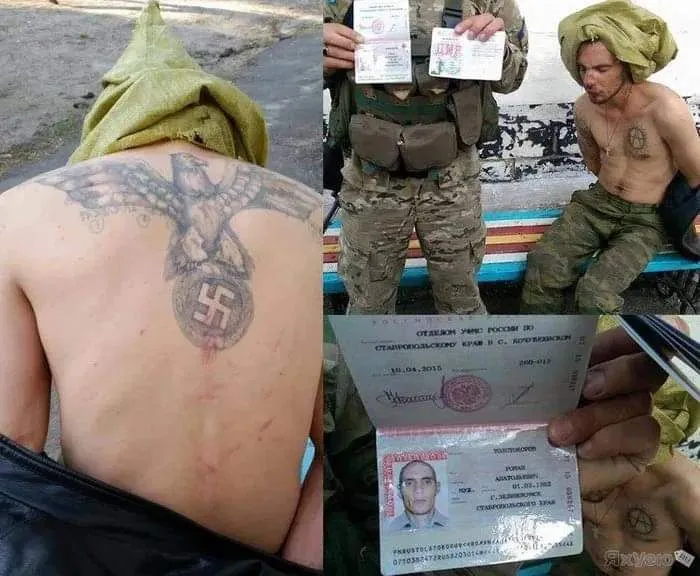Presentation for the OSCE Expert Meeting “Addressing Hate Crime against Indigenous Peoples” by Dmitry Berezhkov.
The “Hate Crime” topic regarding indigenous peoples is still relevant for Russia. It is a great challenge that has roots in colonial history and the colonial nowadays of the ultimate nature of the Russian Empire, then the Soviet Union and today’s Russia, which has similar origins to the colonial suffering of other indigenous peoples around the world. So I will not touch today on the history of the issue in Russia as it is very similar to the history of other indigenous peoples whose lands were colonized by other nations.
The topic “Hate Crime” was very relevant for Russia in 2000 when we received every year messages about killings and beatings of indigenous students by skinheads in Russian capitals, Moscow and Sant Petersburg. That was dozens of killings, many of which were not reported as “hated crimes” because, for police, it was more comfortable to consider them domestic crimes.
It has to be said that it was not directed against indigenous peoples but against every person whom Russian far-right radicals consider “others”. Primarily against people with Asian appearance as persons from the Caucasus could fight back roughly.
And Russian authorities at those times demonstrated evident efforts to fight against skinheads. Police arrested some of their leaders ; authorities tried to control football fans’ organizations , one of the primary sources of skinheads activity. But the main milestone of reducing skinheads activity became 2014 when President Putin was able to trick the situation and refocus the hatred of the Russian far-right radicals against Ukraine, the US and NATO after the annexation of Crimea.
At the same time, domestic intolerance and xenophobia continue to be one of the main features of indigenous peoples’ living, especially in urban and industrialized areas.
In a short presentation, I will not concentrate on this topic but need to mention the problem of keeping indigenous children in boarding schools. Formally, these schools are organized for children from every family. Still, in practice, in remote villages of the Russian Arctic, Siberia and the Far East where indigenous peoples live, mainly children from indigenous families live in such boarding schools.

